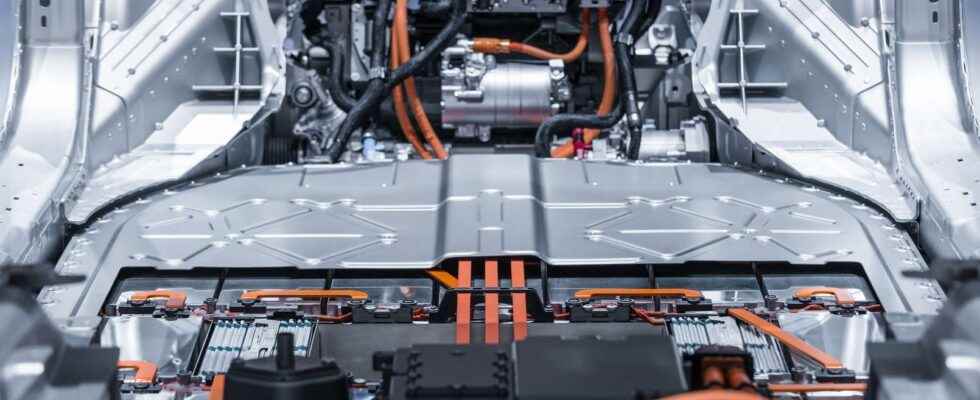US researchers claim to have achieved a technological breakthrough in lithium-sulfur battery chemistry using recycled Kevlar. A key, unprecedented endurance that could reach 1,000 cycles.
You will also be interested
Scientists from theUniversity of Michigan succeeded in creating a new type of membrane from Kevlar recycled that could help the development of lithium sulfur batteries. These batteries would be up to five times more efficient than the models currently used by the industry automotive.
This brand new battery membrane has made it possible to develop a lithium-sulfur battery capable of operating for more than a thousand cycles, without loss of performance. For the record, this Kevlar recycled is similar to that used in bulletproof vests.
For several years, it has been accepted that lithium-sulfur batteries could serve as alternatives to lithium-ion models, but it was still too early to determine the potential of these technologies. This new breakthrough could be a game-changer, as it offers them a duration of life never before achieved. This membrane is also resistant to extreme temperatures. It is generally considered that 1,000 recharge cycles correspond to ten years of use.
Sulfur more abundant than cobalt
The researchers have thus demonstrated that the use of a network of aramid nanofibers, recycled from Kevlar, can considerably increase thelife expectancy of a lithium-sulfur battery, without ever being to the detriment of its capacity, its resilience or of course its safety. In absolute terms, this technology also works on lithium ion batteries, but it is a question here of promoting the development of lithium sulfur, much better on paper. In addition to their higher capacity, lithium-sulfur batteries have a priori an advantage in terms of durability because the sulfur is much more abundant than cobalt integrated into the electrodes lithium ions. Note that this work has been published in Kind Communication and that this discovery has been patented.
Interested in what you just read?
